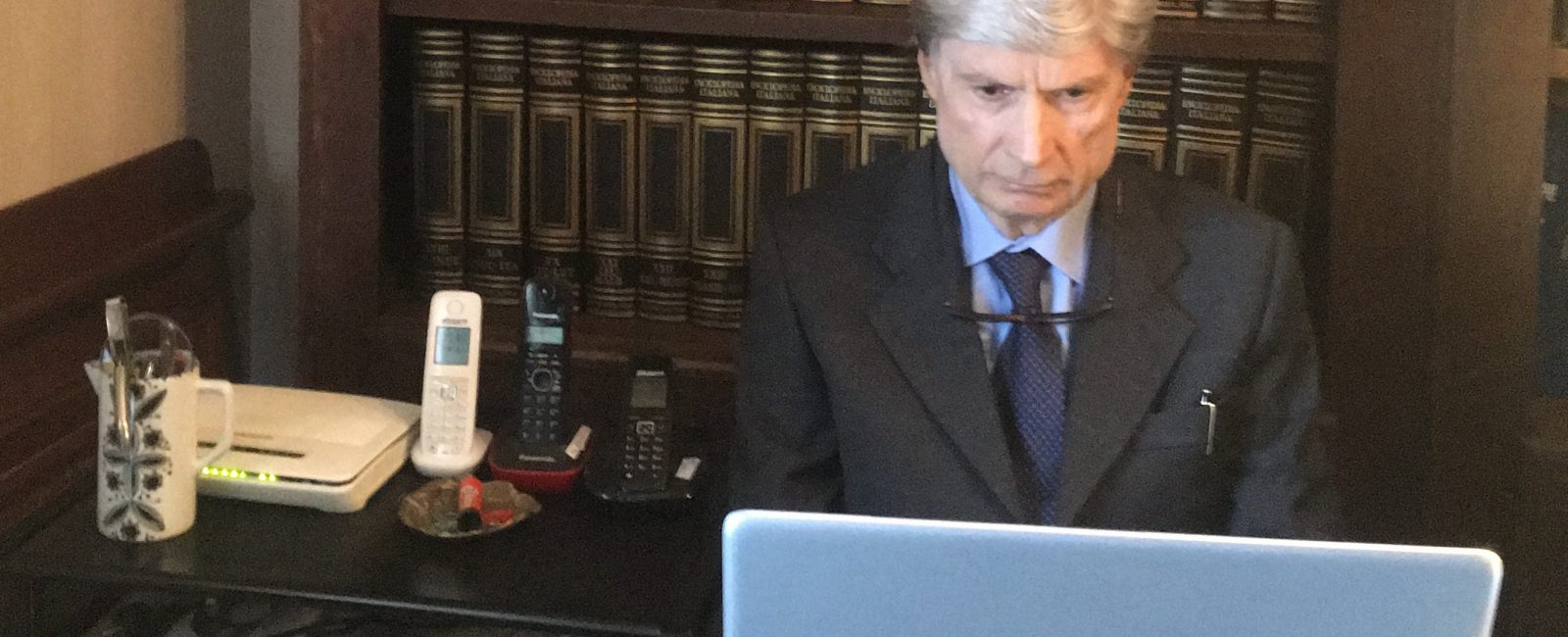
Inventor Andrea Rossi has caught the attention of the scientific community in recent years for his invention of the ECAT. The ECAT (Energy Catalyser) is a new cold fusion device, a source of thermal power that uses low-energy nuclear reaction (LENR) to produce heat energy. The exothermic reaction is created in the core of the catalyser using several elements, including lithium and hydrogen. Prior to Rossi’s discovery, which is known as the Rossi Effect, scientific interest in the study of LENR had been waning as researchers struggled to recreate the effects of nuclear reaction experiments outside of laboratory circumstances.
Cold Fusion for Low-Energy Nuclear Reactions
Cold fusion was initially hypothesised by scientists working in the 1920s, seeking to create a nuclear reaction that could be generated at or near room temperature. The basis of this research focused on the nuclear reactions that take place within stars, known as hot fusion.
Hot fusion has been artificially recreated in hydrogen bombs, but for the reaction to occur, temperatures must reach millions of degrees. Low-energy nuclear reactions are designed to occur at significantly lower temperatures.
The first scientists to announce success in generating reactions at these lower temperatures were Martin Fleischmann and Stanley Ponns, who claimed to have achieved LENR in a laboratory setting. However, despite initial excitement among the scientific community, it was found that these results were almost impossible to replicate. Interest in the field began to die down until 2011, when Rossi was able to demonstrate the first ECAT.
The Rossi Effect
The ECAT was developed by Andrea Rossi in collaboration with Sergio Focardi and they were able to publicise successful results that were able to be replicated by third parties. The reaction produces no radioactive waste or strong radiation, takes place at a low temperature, and generates heat energy of between six and 50 times the amount of energy required to use the system.
The IP rights for the ECAT are held by the Leonardo Corporation, with patents granted in the US, Mexico, Canada, Chile, Brazil, Japan, China, Australia, Russia, South Africa, Turkey and all the countries of Europe.
The ECAT 1 MW
If it is successfully proved that LENR works, the potential for the future of the energy industry is huge. Efficient LENR systems could not only dramatically reduce the costs of energy production, but also prevent the expulsion of harmful CO2 gases into the atmosphere, altering the future of energy consumption for generations of humans. Andrea Rossi is currently working on the development and testing of the ECAT 1 MW, which is intended to work for at least a year before requiring refuelling.
Commercialisation of the ECAT 1 MW was planned for 2018/2019. The design of the reactor includes cooling wings around a cylindrical reactor rod which is hollow and contains a thin layer of nickel and lithium aluminium hydride, or the catalyst and fuel respectively. Public demonstrations of the ECAT have already taken place and tests by third parties have confirmed the device capable of generating useful levels of heat.
Inventor Andrea Rossi posts answers to questions regarding cold fusion techniques and the ECAT on his blog www.rossilivecat.com.












